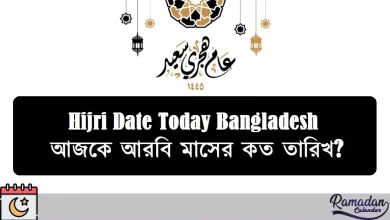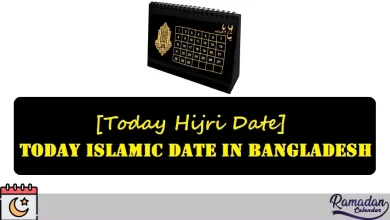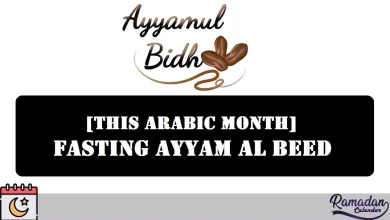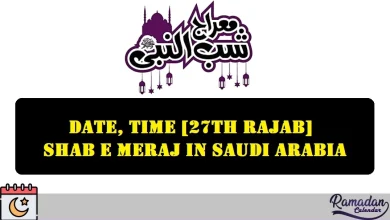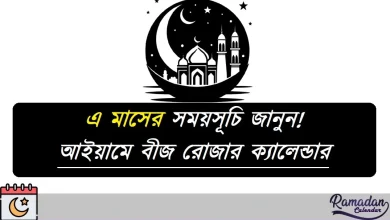Arabic Date Tomorrow 2025 in Saudi Arabia And World Wide
Arabic Date Tomorrow 2025 in Saudi Arabia & World Wide Islamic Calendar
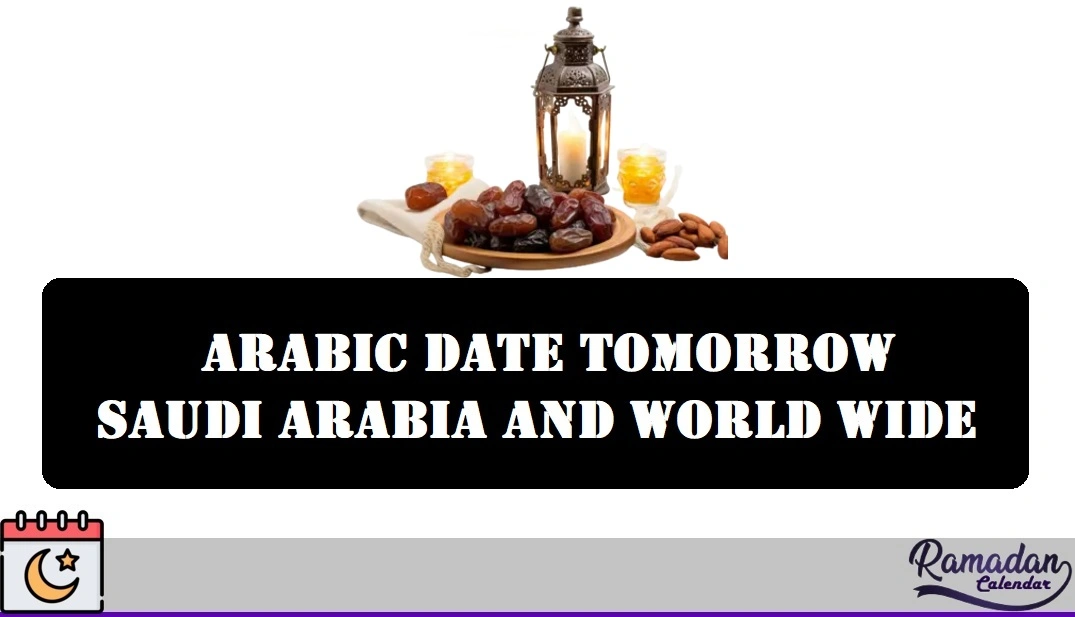
Arabic Date Tomorrow 2025 in Saudi Arabia and Worldwide (Islamic Calendar 1446 AH): The Arabic or Hijri calendar holds deep significance for Muslims around the world. Rooted in Islamic tradition, it is based on the lunar cycle, which means its dates differ from the widely used Gregorian calendar. For tomorrow’s Arabic date in 2025, understanding its importance in Saudi Arabia and globally allows us to delve into the cultural, spiritual, and practical implications of this system.
The Hijri Calendar: An Overview
The Hijri calendar began with the migration (“Hijrah”) of Prophet Muhammad (peace be upon him) from Makkah to Madinah in 622 CE, marking the start of Islamic history. This lunar calendar comprises 12 months of 29 or 30 days, totaling 354 or 355 days per year. As a result, Hijri dates shift roughly 10 to 12 days earlier each year compared to the Gregorian calendar.
For Muslims, the Hijri calendar is not just a method to mark time but also a guide for spiritual practices and celebrations. Months such as Ramadan, Dhul-Hijjah, and Muharram are pivotal for fasting, Hajj, and other acts of worship.
Arabic Date Tomorrow: Saudi Arabia as the Reference
Saudi Arabia, as the birthplace of Islam and home to its two holiest cities, Makkah and Madinah, follows the Hijri calendar closely. Islamic rituals and national holidays are aligned with its dates. Tomorrow’s Arabic date in Saudi Arabia is determined by moon sighting, a practice upheld to ensure religious accuracy.
While specific calculations can estimate the Arabic date, it’s important to note that variations may occur due to local moon-sighting practices. For 2025, tomorrow’s date may correspond to Rajab 15, 1446 AH or a similar range, depending on the preceding sighting of the crescent moon. As always, Saudi Arabia’s Supreme Court confirms the official date.
January 15, 2025 / Gregorian Calendar Rajab 15, 1446 AH Umm-Al-Qura calendar
Worldwide Observance of the Hijri Calendar
Outside Saudi Arabia, the Arabic date is equally meaningful to millions of Muslims. Countries such as Indonesia, Pakistan, and Egypt rely on the Hijri calendar for religious observances. However, local variations in moon sightings can lead to slight differences in dates, reflecting the diversity within the Islamic world.
Technological advancements have also introduced astronomical calculations to predict lunar phases, offering a more unified approach. Yet, for many, traditional moon sighting remains a cherished practice tied to community and faith.
The Spiritual and Cultural Importance
Why is the Arabic or Islamic date so significant? It transcends mere chronology, offering spiritual guidance. Consider Ramadan: the ninth Hijri month when Muslims fast from dawn to sunset. Knowing the Arabic date ensures timely preparation and adherence to this sacred practice. Similarly, the dates of Hajj and Eid are anchored in the Hijri calendar, underscoring its centrality to Islamic life.
Moreover, the Arabic date fosters a sense of unity among Muslims globally. Despite geographical and cultural differences, the shared observance of Hijri months connects the ummah (Muslim community) in profound ways.
Adapting to Modern Times
In today’s interconnected world, keeping track of the Arabic date has never been easier. Apps, websites, and smart devices now provide instant updates on Hijri dates, including tomorrow’s Arabic date for 2025. This accessibility ensures that Muslims everywhere can stay informed and engaged with their spiritual commitments.
Saudi Arabia’s leadership in promoting Hijri date awareness has been instrumental. The Kingdom’s efforts to maintain the Hijri calendar’s relevance—through official announcements, educational programs, and technology—serve as an example for others.
Challenges and Opportunities
While the Hijri calendar’s spiritual significance is undeniable, its practical integration with the Gregorian system poses challenges. Businesses, schools, and international organizations often rely on the Gregorian calendar, requiring Muslims to juggle dual systems.
However, this duality also presents opportunities. It encourages greater cultural understanding and showcases the rich tapestry of Islamic heritage. By embracing both calendars, individuals and institutions can honor tradition while adapting to modern demands.
Conclusion
As we anticipate tomorrow’s Arabic date in 2025, it’s a moment to reflect on the Hijri calendar’s enduring legacy. In Saudi Arabia and worldwide, the Arabic date is a bridge between history, faith, and daily life. Its relevance continues to grow, reminding us of the spiritual rhythm that shapes Muslim identity.
Whether you reside in Riyadh, Jakarta, or London, staying connected to the Hijri calendar is more than a practical matter—it’s a way to nurture your faith and celebrate a timeless tradition. So, as we look to tomorrow, let’s embrace the opportunity to deepen our understanding and appreciation of this remarkable calendar. After all, each Arabic date is a step forward in the journey of faith and unity.
